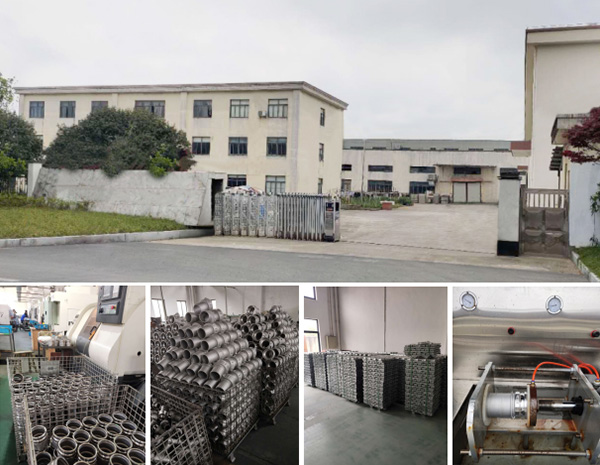A Complete Guide to Select Fire Hose Couplings
Fire hose couplings form the backbone of firefighting operations. They are connected with other firefighting equipment, such as nozzles and hoses, to ensure secure and reliable water delivery. Without fire hose fittings, the effectiveness of firefighting efforts would be severely compromised.


Fire Hose Couplings Types
Camlock Coupling
Camlock couplings are used to connect two fire hoses for extended and uninterrupted water flow. The main advantage of camlock couplings over other types of fittings is the connection process. They enable easy and fast connection since they require no tools. With a lever arm-type design, they achieve a leak-proof connection by pushing the coupling plug into the jack and simultaneously closing the two levers. They are available in different materials, such as aluminum, brass, stainless steel, polypropylene, etc.
Fire Hose Couplings Types
Storz Coupling
Storz fire hose couplings are non-shut-off symmetrical couplings. They feature lugs at one end, and the lugs can be connected by inserting and twisting them in opposite directions. They can be connected in either direction, which means they allow fast attachment between hoses and other equipment, even under stressful firefighting conditions. There are 4 types of Storz couplings, named A-D and categorized by lug distance.


Fire Hose Couplings Types
Guillemin Coupling
Guillemin couplings are also sexless couplings, which means any two couplings of the same diameter can be joined together. Firefighters can simply join the latch and rotate the locking ring to achieve tighter connections. A Guillemin wrench can also be used for a tighter connection. Furthermore, its adaptability makes it a valuable asset, allowing firefighters to connect hoses of varying sizes effortlessly.
Fire Hose Couplings Types
Pin Lug Coupling
Pin lug hose couplings offer an affordable and practical solution for firefighting operations. A tight seal can be achieved when the female swivel is fully threaded onto the male and seated at the gasket. The pin lugs can easily be tightened manually or using a wrench.

How to Select Fire Hose Couplings
When selecting fire hose fittings, several critical criteria come into play, each influencing the overall effectiveness of firefighting operations.

Who Are We?
We are a leading professional fittings supplier with years of experience in the industry. At Union Metal, we offer camlock couplings, Storz couplings, Guillemin couplings, and pin lug hose couplings of various sizes and materials. Our fittings are certified with CE and ISO9001:2015. They are customizable, and the minimum order quantity is as low as 50 pieces. Contact us today to get fire hose coupling for your firefighter teams.

